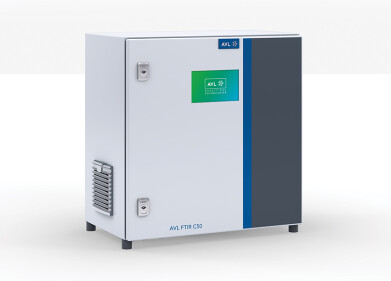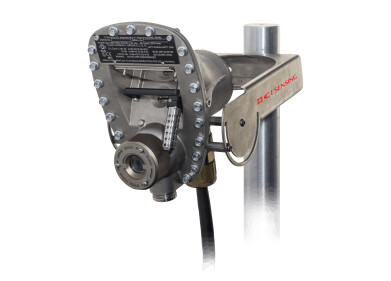Air Monitoring
Your Next Smartphone Could Monitor Indoor Air Quality
Dec 22 2014
When we think about air pollution and air quality, we often focus on built-up urban environments. We might picture Chinese citizens walking through the busy streets of Beijing wearing pollution masks or smog and smoke blurring the skies and damaging human health. Yet indoor air quality is often overlooked. We seldom think about the air present in our bedrooms, our kitchens and our offices.
In fact, indoor air quality is just as important as outdoor air quality. Carbon monoxide, volatile organic compounds, mould and numerous other chemical compounds found in the air we breathe at home can all cause serious health problems, as well as every day ailments, such as respiratory infections and cardiovascular health issues. Consequently, many countries have implemented legislation which demands air quality monitoring to a very high standard. This article, Realising a New Approach to Air Quality Monitoring, looks at this topic in more detail.
Introducing IAQSense
Increasingly, the European Union (EU) is attempting to combat air pollution inside and out. Currently, it’s funding a nanotechnology-led project, which will enable people to access information regarding air quality via their smartphones. Titled IAQSense (IAQ for Indoor Air Quality), project aims to "develop new nanotechnology-based sensor systems that will precisely monitor the composition of the air in terms of both chemical and bio contaminants."
Mass application is key to the project’s success; components need to be inexpensive, easy use and relevant to people’s everyday lives. Cheap, sensitive equipment, which can be attached to anything and everything, will generate data, providing us with detailed information regarding the quality of the air we breathe. In the future, tiny sensors might be attached to car steering wheels, door handles, houseplants and windowpanes.
Phys.org reports, "The IAQSense initiative relies on three patented technologies, of which one is based on surface ion mobility dynamics separating each gas component. Working like a spectrometer it allows high sensitivity and fast multi-gas detection in a way never seen before.
“Its capability to detect a single and compound-type of molecule offers huge advantages for early detection of moisture, health (breath) diagnosis, smoke and drugs." Naturally, more sensors mean more detail and accuracy when it comes to building up a picture of our environment.
In theory, the more we know about air pollution, the more we can do to counter – or at least avoid – it. Gaining access to data regarding our immediate environments might mean we’re able to avoid especially polluted areas and destinations, or chose to wear air purification masks. The information generated by IAQSense sensors may also help us understand how various pollutants behave in the atmosphere, and what affect they have on our bodies in both the short and long term.
While combating air pollution is a difficult and costly enterprise requiring a great deal of administration and orchestration, the IAQSense project may mean we’ll all gain access to a wealth of information regarding our immediate environments, helping us to protect ourselves from a wide range of potentially harmful pollutants.
Digital Edition
AET 28.2 April/May 2024
May 2024
Business News - Teledyne Marine expands with the acquisition of Valeport - Signal partners with gas analysis experts in Korea Air Monitoring - Continuous Fine Particulate Emission Monitor...
View all digital editions
Events
Jul 10 2024 Birmingham, UK
Jul 21 2024 Cape Town, South Africa
Australasian Waste & Recycling Expo
Jul 24 2024 Sydney, Australia
Jul 30 2024 Jakarta, Indonesia
China Energy Summit & Exhibition
Jul 31 2024 Beijing, China


















